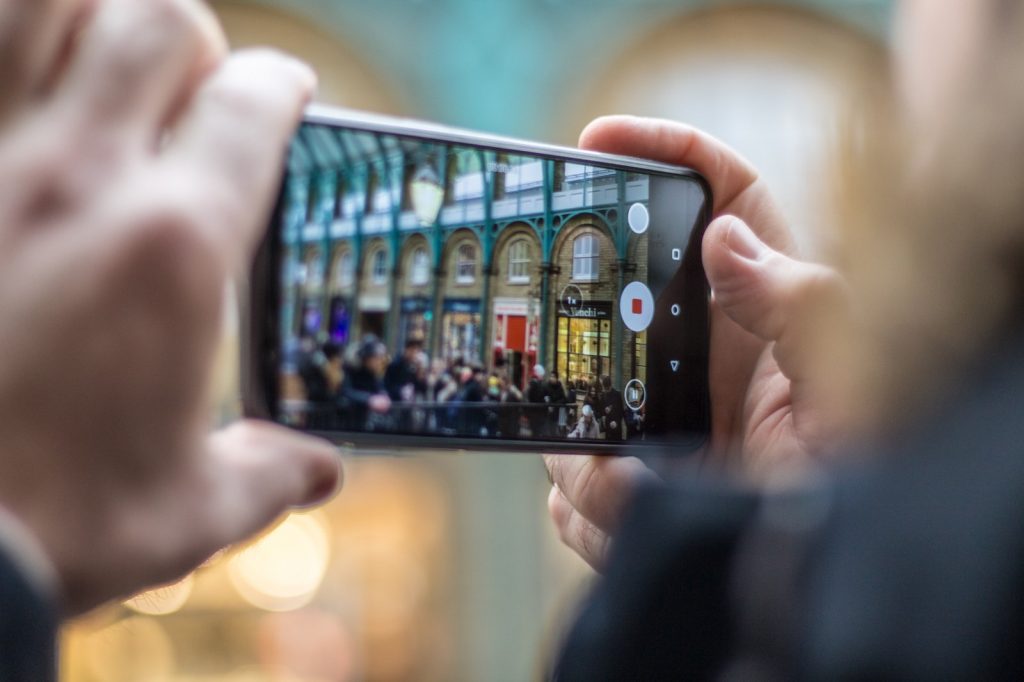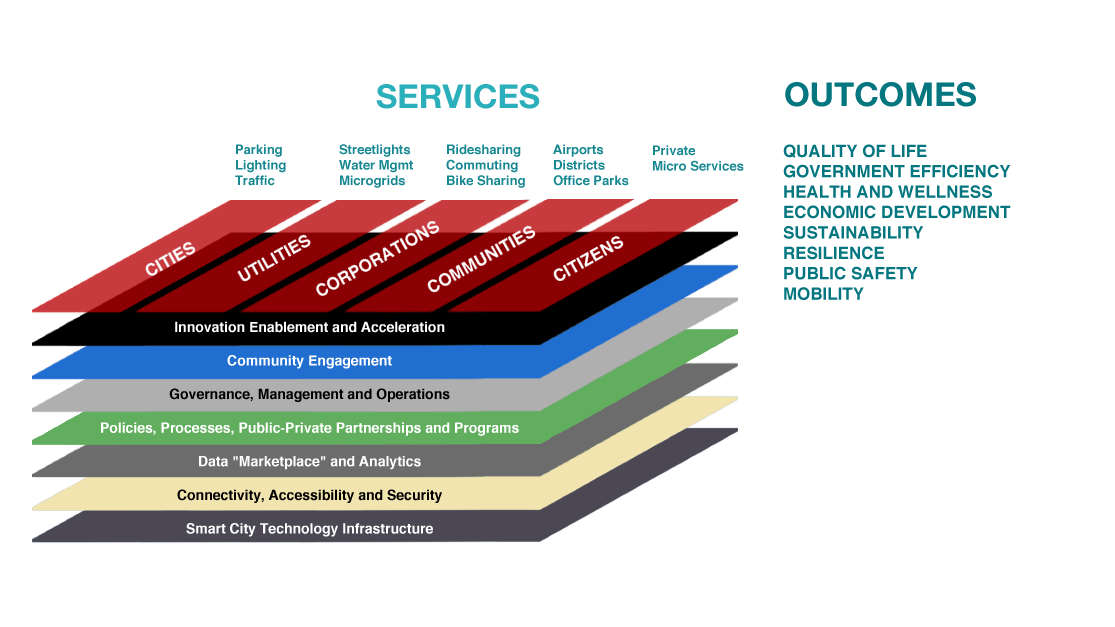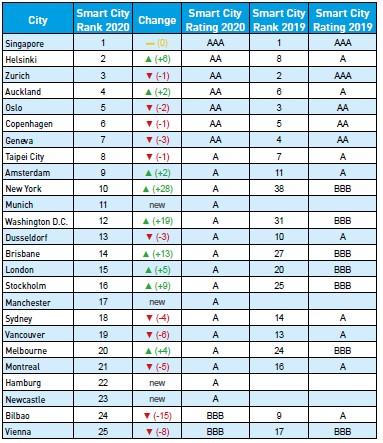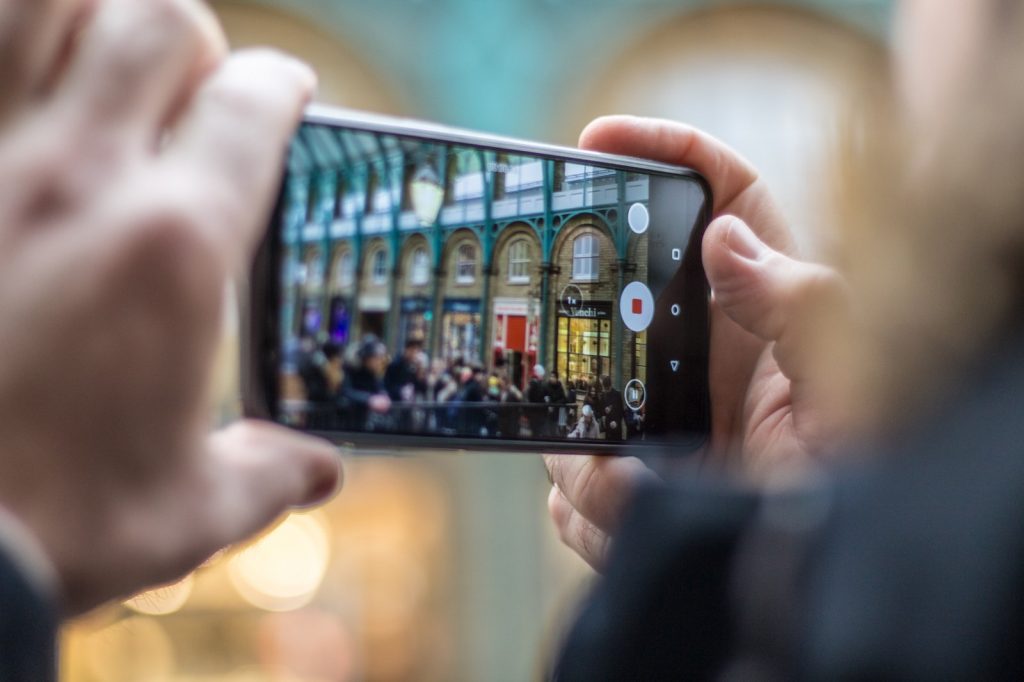
The number of people moving to urban and suburban areas is increasing. This leads to pollution, poor infrastructure and overstretched amenities. Is smart city the solution to the urbanization problems? Smart cities are not the panacea, but their underlying technologies will alleviate many urban issues. When we talk about technologies like the Internet of Things, what do you mean? smart citiesSmart city sensors, self-driving vehicles and big data.
Internet of Things
IoT (Internet of Things) is a system that allows devices to communicate and share information. This includes phones, computers, tablets and any other device that has an internet connection. IoT devices are equipped with sensors and actuators. IoT allows cities design sound risk-management strategies, gain operational efficiency, and implement them through automated tasks, real time data management, or remote device control. IoT technologies and smart cities go hand in hand.
IoT-based solutions for smart cities have revolutionized the way we manage traffic, provide health care, reduce pollution, manufacture, regulate energy, farm, and even retail.
IoT Smart City Ecosystem Framework
A smart city has a multi-layered architecture, as shown below. At the base is the technical infrastructure. On the second layer, there is connectivity (5G Internet, IoT, security), access, and accessibility. Markets and analytics are on the third. Next, we have policies, partnerships between public and private sector, programs, and processes. At the top of our list, we have services that are geared toward different city users, like parking, traffic and lighting. Other corporate services include ride-sharing and commuting as well as bike-sharing. Airports, offices parks and citizens can all benefit from community services. Microservices are available to the public on either a non-profit or for-profit basis.

Smart City IoT Example
Globally, there are hundreds of initiatives to create smart cities. Diverse organizations monitor these projects, and release annual rankings and reports. The Smart City Index, published by IMD Business School is one of the most widely used. In 2019, the first Smart City Index report was released. It ranked cities based on four different criteria: health and safety; mobility; activities and opportunities; and governance. Residents are asked to rate specific aspects of a city and then scores are calculated. Smart city technology’s primary goal is to improve the quality of citizens’ lives, so it is important that residents give their opinions. Only by asking city residents for their opinions can we find the answer.
IMD surveyed residents in over 109 cities to compile the report. Here are the top 20 cities that will be smart in 2020.
- Singapore
- Helsinki
- Zurich
- Auckland
- Oslo
- Copenhagen
- Geneva
- Taipei City
- Amsterdam
- New York
- Munich
- Washington D.C.
- Dusseldorf
- Brisbane
- London
- Stockholm
- Manchester
- Sydney
- Vancouver
- Melbourne
- Montreal
- Hamburg
- Newcastle
- Bilbao
- Vienna

Smart Cities of the Future: The IoT Smart City
COVID-19 vaccinations were introduced to the market at the beginning of 2021. Now, technology leaders from the industry and government officials are working together to determine how Internet of Things (IoT) can be used by cities of the near future to prevent or cope with these calamities.
Innovation and Collaboration
It’s never been better to work in the startup ecosystem, or be a part of innovation. Every day, there are new and exciting products. In the past, most organizations were able to develop new ideas from scratch. Today, with the advent of driverless vehicles and other technologies such as IoT (big data), blockchain, blockchain technology, etc., it is difficult to find a clear supply chain. For a company or city to succeed, they need hardware, software, automotive, user-experience, design, and many other skills. Few companies today can say that they have these capabilities all under one roof. In order to develop great products, the cities and businesses of tomorrow will need teams to work together. Motorola provides a good example of what can happen when collaboration is lacking. Who are these people today? They were pioneers in the development of wireless phone handsets. The collaboration was not very strong back then. It was more about keeping your ideas to yourself and spending money on problems in order to move forward. Motorola’s strategy didn’t work and it is now no more because there was a lack in collaboration.
In highly competitive markets, partnerships can be a way to survive.
Collaboration is the only way to achieve so much expertise in IoT, smart cities and emerging technologies. When we examine some of the leading companies in the world, many are seeking to work with other organizations that they previously considered their competitors. They do that because they know how important collaboration is to success and moving the needle.
IoT applications are expanding beyond the smart city and to other areas such as agriculture, animal care, and product management. When different technologies are combined to address a problem, it allows companies with direct competitions to share ideas and innovate.
Sensor Prices
Sensors are becoming cheaper today. They go from costing hundreds or thousands of dollars down to pennies. With the falling prices, we can now connect everything from a Fitbit up to a nuclear reactor.
Sensors can help cities innovate and make better decisions.
IoT Applications Smart City
IoT is a way to extend what vehicles can do, such as assessing tire pressure and speed or environmental factors. IoT extends the ability of cars to speak to the backend system. IoT sensors communicate with cloud systems via fog, etc., but it is the same technology that sends data to a system for analysis. In autonomous vehicles the data will play a crucial role in aggregation. That’s how IoT works in this kind of system.
Miniaturization
The battery and device miniaturization has been improved. IoT requires miniaturization to allow devices and sensors to be placed anywhere. IoT sensor battery life is important, as are devices that must be always online in order to gain the maximum benefit. IoT’s full adoption is largely dependent on battery life. If a sensor battery fails, it may not report an important system failure and cause a catastrophe in a city. IoT apps are rendered ineffective by batteries that have a short life span and lack reliability. There is much movement on this issue, with solutions likely to come from lithium-sulfur, sodium-ion, or aluminum batteries.
Cloud Computing
Data fusion and data mining are two of the most important aspects of smart city development. A smart city cannot exist without data analysis, synthesis and management. To achieve these goals efficiently and reliably, the cloud will be needed. City and private firms are making their decisions on whether to use the edge or cloud computing. Artificial Intelligence and AI Integration at the Edge, as well as AI in the Cloud are among the biggest IoT shifts.
Cloud computing, as it evolves and is updated, will facilitate the rapid delivery of and consumption of information.
